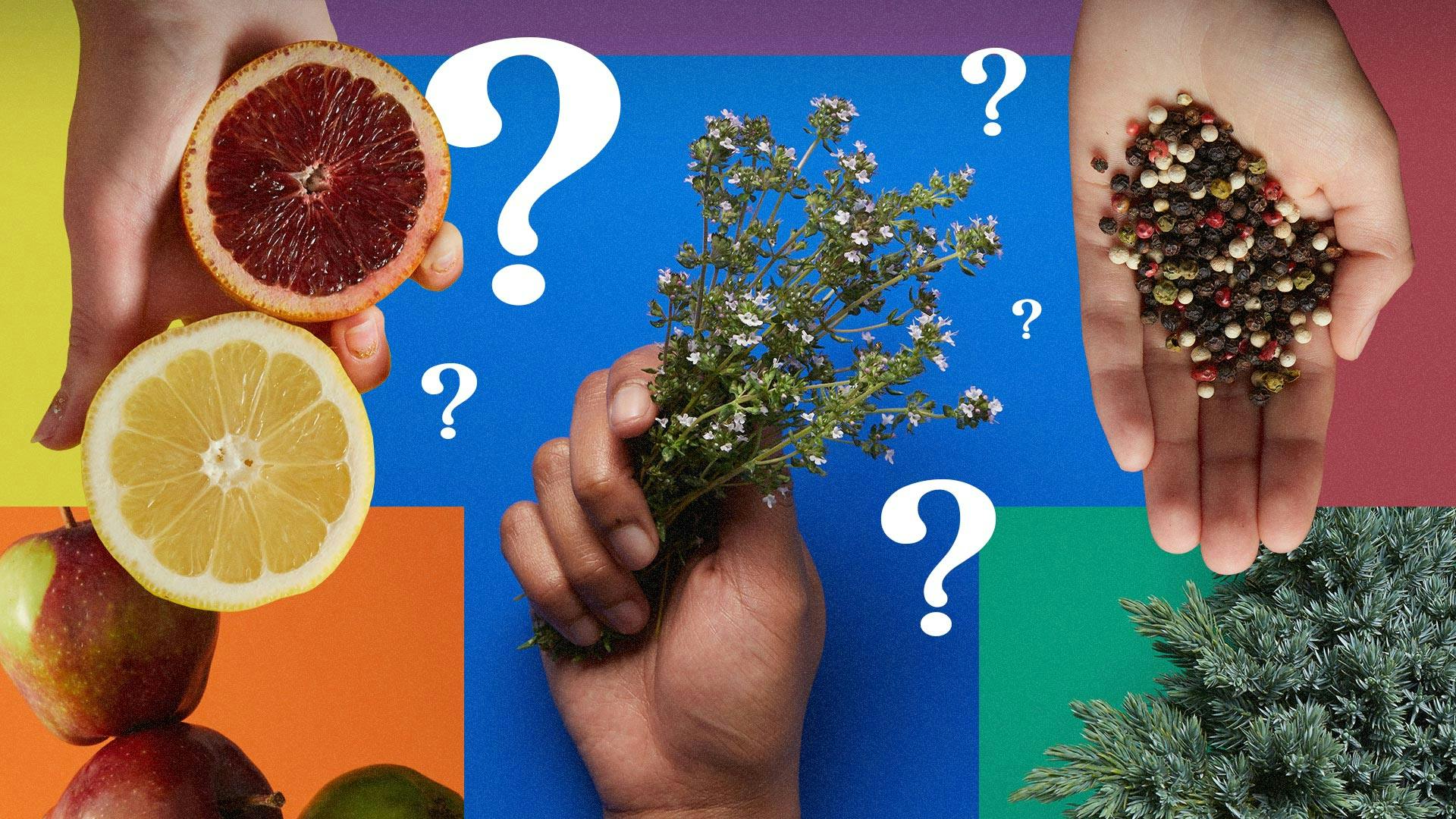This article is sponsored by NWT Holdings, a San Francisco-based technology company that specializes in the research, design, and manufacturing of cannabis vaporizer hardware including the Firefly.
For decades, the main attraction in cannabis was its most famous psychoactive compound, THC. But the recent and rapid evolution of the cannabis industry has fueled a growing awareness that THC is just one of many biochemicals that make cannabis special.
“What’s become clear in the last few years is that many of the effects we attribute to cannabis are not only from cannabinoids like THC and CBD, but from the way they work in concert with compounds like terpenes,” says Cameron Hattan, lead grower of the California cannabis company Fiddler’s Greens.
That’s why today’s savvy cannabis consumers are paying more attention to other aspects of the plant. Visitors to dispensaries take their time in-store and online examining terpene profiles, exploring the more than 85 cannabinoids found in the plant, and trying to experience every flavor the flower has to offer. Rather than simply seeking the flat psychoactivity of THC, they’re seeking more nuanced results associated with cannabis, such as the creativity, stress relief, and anti-depressant qualities influenced by these other compounds. Many are also seeking the best way to appreciate the spice of caryophyllene, the citrus taste of limonene, the evergreen notes of pinene, and the rest of the complex flavors cannabis can present.

Why Boiling Points Matter
The key to experiencing this array of flavors, aromas, and effects in cannabis is understanding the boiling points of these myriad compounds. Terpenes and cannabinoids work together to produce the complex effects of cannabis. Each of these compounds, though, boils at a specific temperature. If you don’t heat it to that point, the biochemical won’t activate. Go beyond the boiling point, though, and you’re likely to scorch it beyond recognition.
If you imagine cannabis as a piece of music, every compound in the plant is like an instrument. Some are loud and attention getting; others are barely audible; but each adds a distinct voice to the work, without which it is incomplete.
“There are more than 125 terpenes found in cannabis, and it’s these diverse compounds that give the plant its flavor and its essence,” says Hattan. “If they get destroyed during the process of consumption, you’re going to end up with a one-note experience that doesn’t really do that plant justice.”
And just like instruments in an orchestra, each individual terpene and cannabinoid needs to be addressed individually. After all, you wouldn’t use the techniques that work for a tuba to play the flute!

Moving to Vaporizers
That’s part of why many modern cannabis consumers are bailing on combustion. While setting fire to cannabis activates some compounds in the plant, it scorches many others. This process is known as pyrolytic destruction, and it’s about as good for your cannabis as you’d expect for a phrase with the word “destruction” in it.
Rather than putting a torch to carefully cultivated flowers or extracts, vaporizers offer the ability to heat contents to a specific temperature. That activates the compounds users want without burning down everything around those compounds.
All vaporizers aren’t created equal, though. If your vaporizer of choice isn’t hitting the boiling point of each terpene and cannabinoid in your cannabis, it’s still not delivering the best possible expression of the plant.

(Courtesy of NWT Holdings)
Targeting Temperatures
As vaporization has grown in popularity, the field has gotten crowded with a variety of products. Vaporizers that let users set a temperature of their choice, and hit that temperature quickly and accurately, are fairly easy to find. But hitting one temperature reliably rarely reveals the whole story of any cannabis flower.
The universally popular strain Blue Dream, for instance, is high in the sweet citrus terpene limonene, which boils at 350° degrees Fahrenheit. That’s much higher than the 264°F degrees it takes to boil beta-caryophyllene, which gives the strain it’s woody and earthy undertones. But many of these symphonic notes are most often being missed or only partially experienced because the terpenes are being burnt – even by vaporizers.
Plenty of vaporizers on the market can hit precise temperatures—but being precise isn’t the same as being complete. Even the most accurate of these tools can treat one compound well while leaving others out in the cold—or overheating them, causing the same pyrolytic destruction that consumers came to vaporization to avoid.

(Courtesy of NWT Holdings)
Get to Know Your Flower and Concentrates
To solve this problem and help cannabis consumers get the fullest experience of their flower & concentrates, the vaporizer specialists at Firefly have introduced a new technology to their latest product line—dynamic convection heating. Rather than heating to a specified temperature, dynamic convection heats the air around your cannabis across a gradually increasing range in temperatures. This process activates the whole spectrum of terpenes and cannabinoids because it allows them to boil into inhalable gas form at each of their individual boiling points.
This new approach allows consumers to experience the full lineup of cannabinoids and terpenes present in every strain, revealing the true character of innovative new strains while uncovering unexpected sides of old favorites.
“One of my favorite strains is a Durban we’ve been growing for years, and one of the notes in there is just this slight, sharp hint of overripe grapefruit–a little tart and a little sharp,” says Hattan. “I love that note, but you’re only going to get it using the Firefly. It’s a great way to really experience the breadth and depth of any strain.”







